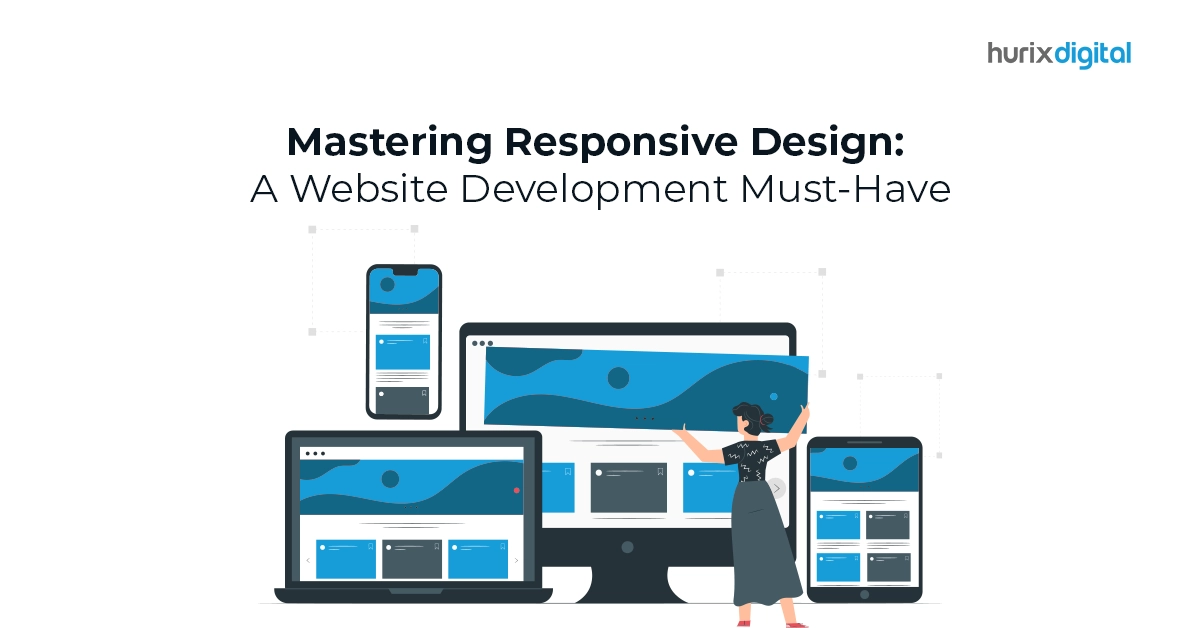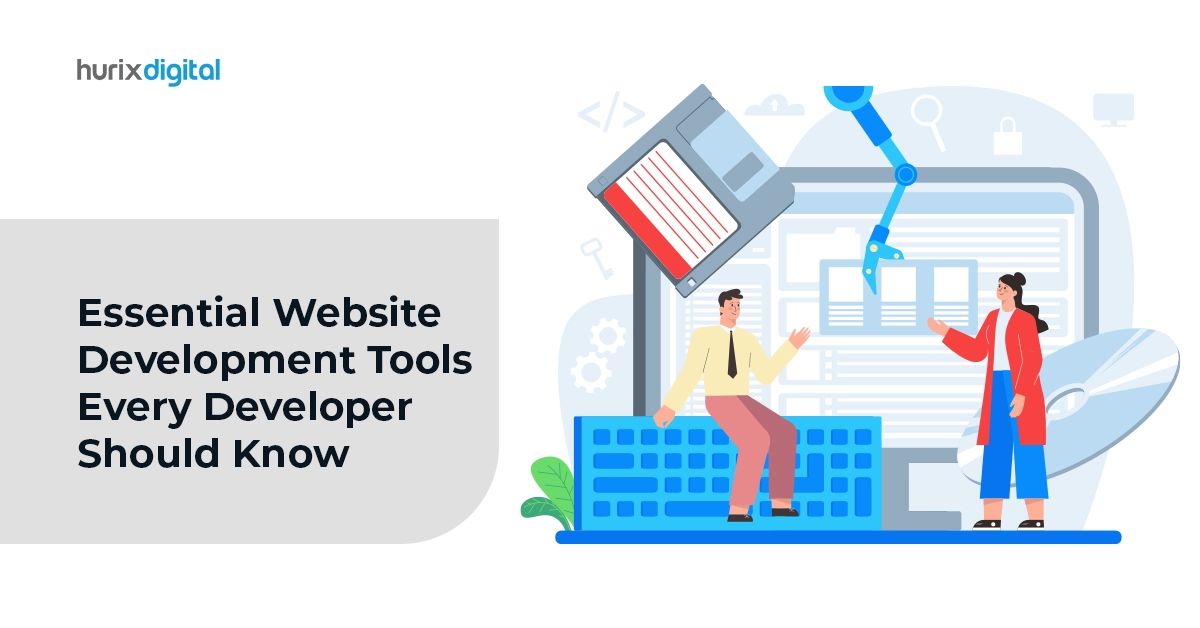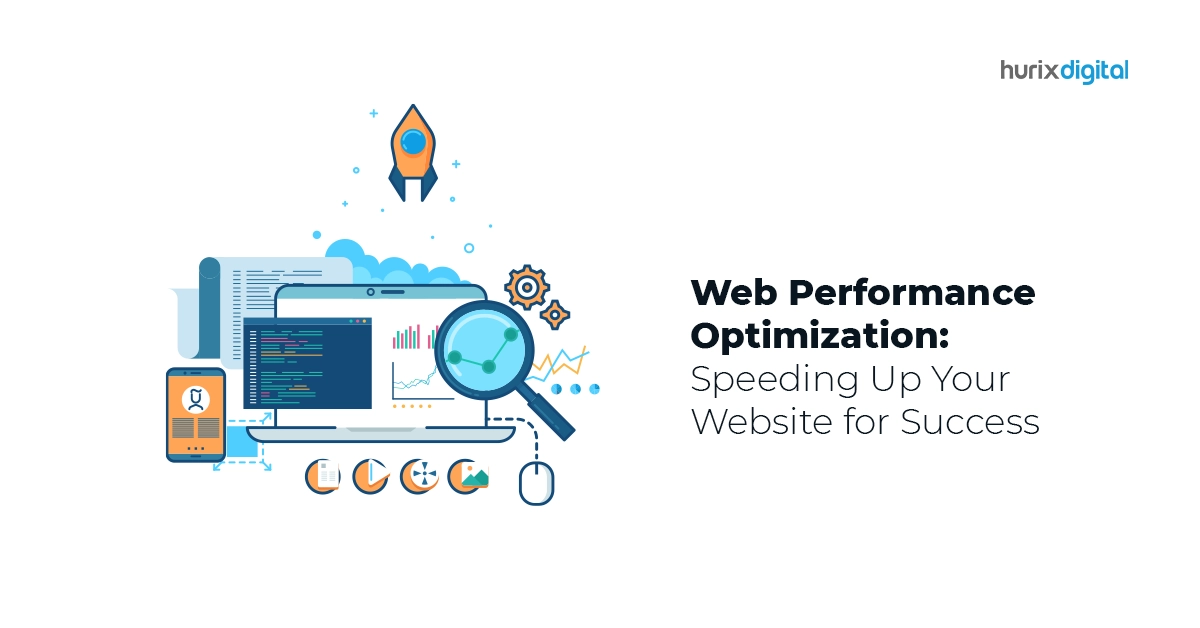Summary
This blog serves as a comprehensive guide to front-end website development, exploring the core principles, essential skills, and popular tools used to bring websites to life. It empowers aspiring front-end developers to understand the fundamentals, navigate the development process, and create visually appealing and interactive user interfaces.
The internet landscape is brimming with websites, each vying for our attention. But what truly captivates us and keeps us engaged? The answer lies in the front-end, the invisible hand that crafts the visual elements and interactive features that shape our online experiences.
Table of Contents
- What is Front-End Website Development?
- Essential Skills for Front-End Developers
- The Front-End Development Workflow
- Explore Advanced Techniques
- Specialized Areas within Front-End Development
- The Future of Front-End Development
- Conclusion
What is Front-End Website Development?
Front-end website development encompasses the creation of the user interface (UI) of a website. This includes everything users see and interact with, from the layout and design to the buttons, menus, and animations. Front-end developers are the artists and engineers who translate design concepts into functional and visually appealing websites, bridging the gap between creative vision and user experience.
Essential Skills for Front-End Developers
- HTML: The foundation of web development, HTML (Hypertext Markup Language) provides the structure and content of a web page.
- CSS: Cascading Style Sheets (CSS) dictate the visual presentation of a website, controlling elements like layout, colors, fonts, and animations.
- JavaScript: This versatile programming language adds interactivity and dynamic behavior to web pages, enabling features like animations, form validation, and user interactions.
- Responsive Design: In today’s device-driven world, ensuring websites adapt seamlessly to various screen sizes is crucial. Responsive design skills empower developers to create websites that look great and function flawlessly on desktops, tablets, and smartphones.
- Front-End Frameworks: Popular frameworks like Bootstrap and React streamline the development process by providing pre-built components and functionalities, allowing developers to focus on building unique and engaging user experiences.
The Front-End Development Workflow
1. Planning and Design: Collaborating with designers and stakeholders, front-end developers understand the project requirements, translate design mockups into code, and define the website’s structure and functionality.
2. Development: Using their coding skills and chosen tools, developers write HTML, CSS, and JavaScript code to bring the website to life, ensuring it adheres to best practices and accessibility standards.
3. Testing and Debugging: Rigorous testing across various devices and browsers is crucial to identify and fix any bugs or functionality issues, guaranteeing a smooth user experience.
4. Deployment and Maintenance: Once thoroughly tested and refined, the website is deployed to a live server, making it accessible to the world. Ongoing maintenance ensures the website functions optimally and remains secure.
Explore Advanced Techniques
- Single-Page Applications (SPAs): SPAs provide a seamless user experience by loading content dynamically without full page reloads, mimicking the feel of a native app.
- Front-End Optimization: Techniques like code minification, image optimization, and caching can significantly improve website loading times and performance.
- Accessibility: Ensuring websites are accessible to users with disabilities is not just an ethical obligation but also enhances the overall user experience for everyone.
Read more: 6 Ways AI Revolutionizes Website Development: Build Smarter, Faster, Better!
Specialized Areas within Front-End Development
The exciting world of front-end development offers various specialized areas catering to specific interests and skill sets. Here are some noteworthy avenues to explore:
1. Front-End Performance Optimization: In today’s fast-paced digital world, website speed and performance are paramount. Front-end performance optimization specialists focus on techniques like code minification, image optimization, and caching mechanisms to ensure websites load quickly and deliver a seamless user experience. They leverage performance profiling tools to identify bottlenecks and implement strategies to optimize website loading times and responsiveness across various devices.
2. User Interface (UI) and User Experience (UX) Design: While front-end development focuses on the technical implementation, UI/UX design plays a crucial role in shaping the user’s journey through the website. Skilled front-end developers with a keen eye for design can bridge the gap between technical expertise and user-centric design principles. They collaborate closely with designers to translate design mockups into functional prototypes and ensure a visually appealing and intuitive user experience.
3. Front-End Frameworks and Libraries: Popular frameworks like React, Angular, and Vue.js offer pre-built components and functionalities, streamlining the development process and enabling developers to focus on building unique features and functionalities. Choosing the right framework depends on project requirements, developer preferences, and the desired level of control over the codebase.
4. Front-End Testing and Debugging: Ensuring a website functions flawlessly across various browsers and devices is crucial for a positive user experience. Front-end developers skilled in testing and debugging employ various tools and techniques to identify and fix bugs, validate form functionality, and guarantee website responsiveness. They leverage browser developer tools, automated testing frameworks, and manual testing procedures to ensure a polished and bug-free website.
5. Front-End as a Service (FaaS): The FaaS model is gaining traction, allowing businesses to leverage cloud-based platforms for front-end development needs. This approach eliminates the need for in-house infrastructure and expertise, enabling businesses to scale their development efforts efficiently and cost-effectively.
The Future of Front-End Development
The front-end development landscape is constantly evolving, with new technologies and trends emerging at a rapid pace. Staying updated with advancements in areas like artificial intelligence, voice interfaces, and progressive web applications (PWAs) is crucial for front-end developers to remain competitive and create future-proof websites.
Also read, Essential Website Development Tools Every Developer Should Know
Conclusion
The front-end development landscape is dynamic and ever-evolving. Staying updated with the latest trends, technologies, and best practices is crucial for maintaining a competitive edge and creating future-proof websites. Actively participate in online communities, attend industry events, and explore new tools and frameworks to continuously enhance your development skillset.
Remember, the most successful front-end developers are not just skilled coders but also creative problem solvers, passionate collaborators, and lifelong learners. By embracing the diverse aspects of front-end development, you can contribute to building websites that not only function flawlessly but also captivate users and leave a lasting impression.
At Hurix Digital, we house a team of experienced and passionate front-end developers who possess the expertise and creativity to bring your website vision to life. Contact us today for a free consultation and let us help you craft a website that not only looks stunning but also delivers an exceptional user experience that keeps visitors engaged and coming back for more.











